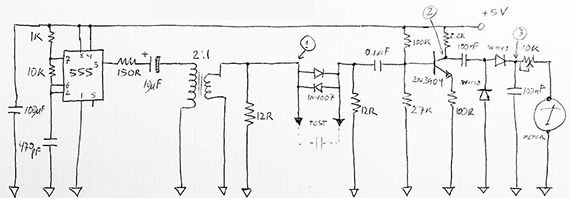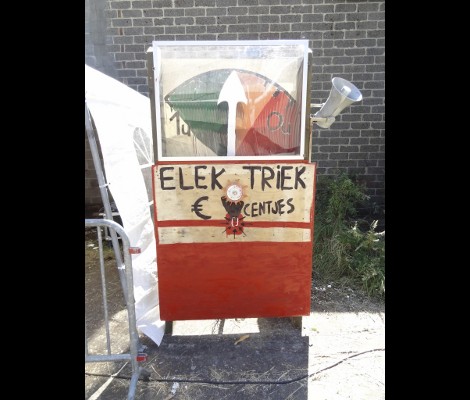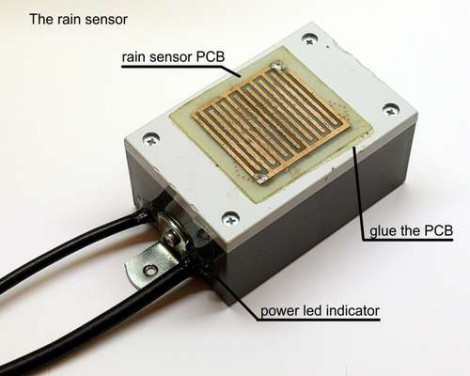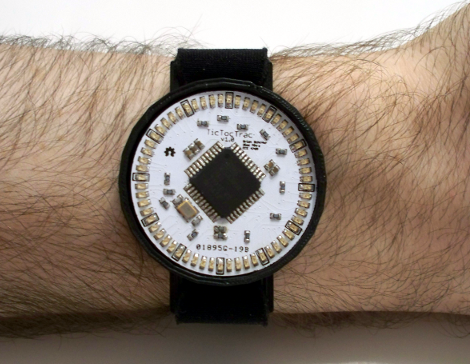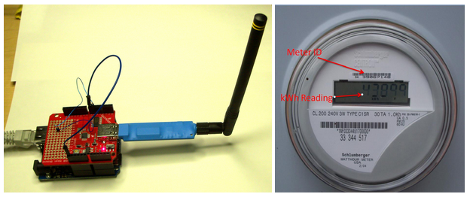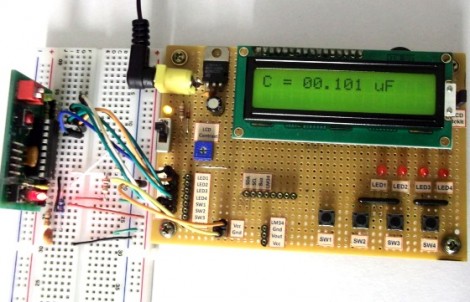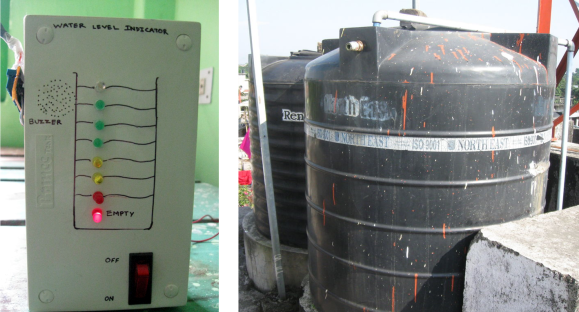
Most of the homes in the area where [Raikut] lives have tanks on the roof to hold water. Each is filled from a well using a pump, with gravity serving as a way to pressurize the home’s water supply. The system isn’t automatic and requires the home owner to manually switch the pump on and off. [Raikut] made this process a lot easier by designing an LED bar indicator to monitor the water level.
The sensor is very simple. Each LED is basically its own circuit controlled by a transistor and a few resistors. A 5V signal is fed from 7805 linear regulator into the tank. The base of each transitor is connected to an insulated wire, each extending different depths in the tank. As the water rises it completes the circuit, illuminating the LED.
[Raikut] is conservation minded and built a buzzer circuit which is activated by the LED indicating the highest water level. If someone walks away from the pump switch while it’s filling the alarm will sound as it gets to the top and they can turn it off before it wastes water.
[via Reddit]

